Content from the Brookings Institution India Center is now archived. After seven years of an impactful partnership, as of September 11, 2020, Brookings India is now the Centre for Social and Economic Progress, an independent public policy institution based in India.
The global economy is in trouble, but India is attracting positive comment. The finance minister must make the most of the moment.
The finance minster was sensibly measured in his response to the chatter in Davos that India is in a sweet spot. He accepted credit for the fact that India ranked amongst the fastest-growing economies in the world today. But he made clear that the country could not rest on this particular laurel. And that much more is needed to be done to deliver “achhe din”.
Now back home, the finance minister needs to put together a Budget that puts flesh on his intended next steps. He needs to detail not only the arithmetic of governance, but also how he proposes to navigate the economy through the choppy international waters of collapsing commodity prices, demand recession, rising debt, sectarian strife and terrorist violence. He needs to inform the public of not only how he will address the immediate imperatives of poverty alleviation, income generation, skill development, social justice and sustainable development, but also how India can maximally lever the opportunities generated by the “fourth industrial revolution”—the theme of discussion at Davos. The Budget is not a state of the Union pronouncement, but it is the one occasion when all members of Parliament are present and the speech is widely reported. It, therefore, offers a platform to define the government’s economic strategy and, in particular, to embed its various programmes such as Make in India, Digital India, Start-up India within a holistic, multidimensional and international framework.
The global economy is in trouble. Some analysts are even suggesting that the recession of 2016 will be worse than the financial crisis of 2008. China has been the locomotive of global manufacturing for more than two decades. But its engine has now slowed in the face of declining demand, rising real wage rates and a shaky banking structure. This slowdown has compelled it to transit from an export- and manufacturing-led model to a domestic- and services-driven platform.
This transition, along with a broad-based contraction of global demand, has knocked the props from under the commodity market. The price of every major commodity—from soybeans to steel to copper to oil—has plunged and many commodity-exporting countries are now on the edge of financial insolvency.
For instance, the five oil producers in the Gulf—Saudi Arabia, Oman, the UAE, Kuwait and Bahrain—had a combined fiscal surplus of around $600 billion three years ago. Today, they are struggling to manage a deficit of approximately $400 billion—a turnaround of nearly $1 trillion.
The Russian economy is on the skids, the Nigerian currency (naira) has been hammered down—as, in fact, have most currencies against the dollar—and Venezuela is close to declaring a sovereign default.
All this has pushed global stock exchanges into a bear vice—Chinese stocks are down, for instance, 45% from their levels in June, and with reduced income levels, there is growing likelihood of corporate and possibly even sovereign defaults. And if not that, then monetisation and inflation?
The US stands out for its relatively solid growth rate of around 3%, but even its banks are exposed. Reportedly, they have lent between $500 billion to $1 trillion to shale oil and gas companies. With the price of oil at around $35 per barrel, and still under pressure as Iran looks to add 500 kbd (thousand of barrels per day) in by March, most of these companies are staring at bankruptcy. In 2008, the US financial system was brought to its knees by loans extended to the housing market. In 2016, it could be placed under comparable stress by the petroleum industry.
Against this international backdrop, it is no surprise that India attracted positive comment at Davos. Its macro fundamentals are strong. The Balance of Payments is healthy; the current account deficit is down to 1%; the fiscal deficit is on track to reach its target of 3.5% of GDP; inflation is in check; and on a trade-weighted basis, the rupee exchange rate is not a cause for worry. But the finance minister knows better than most that these macro details hide underlying weakness. Growth is not generating enough jobs and the numbers of unemployed and underemployed are increasing; private sector investment has dried up in the face of overcapacity, high debt and slackening demand; the public sector has not taken up the investment slack; the banks are loaded with NPAs; and there is a disjunct between the rhetoric of structural reform and the reality on the ground.
The finance minister does not need a tutorial from armchair commentators on what needs to be done. That said, my hope is that he will present a “Big Bang” Budget that will address most if not all of the above issues. And that he will set out a roadmap for levering the benefits of the oil price decline (viz. competitive fiscal terms for domestic exploration, opportunistic acquisition of stranded assets, subsidy reduction, etc) and at the same time moving the economy further down the path of a non-oil- and coal-based energy system (viz. gas pipeline grid, clean energy innovation). My hope is also that he will make the most of this heightened interest in India and the fact that the China gloss has dulled somewhat.
India has for long pitched its investment story around its open and transparent system. Hitherto this has not cut much ice because of red tape, corruption and contractual uncertainty. And because of unfavourable comparison with China’s decisive and swift decision-making. Today, however, this pitch could have greater resonance. This is because investors have woken up to the reality that they do not really know what is going on in China, that its numbers cannot be trusted, and that when push comes to shove they have no or at best limited recourse. In contrast, India does not fudge its numbers, information is freely available, its problems are on full display, and criticism is normal. If only it were to reduce the hassle factor of doing business. This altered mindset should be in the finance minister’s mind when he is crafting his speech.
This article first appeared in The Financial Express and The Indian Express on February 02, 2016. Like other products of the Brookings Institution India Center, this is intended to contribute to discussion and stimulate debate on important issues. The views are those of the author.
The Brookings Institution is committed to quality, independence, and impact.
We are supported by a diverse array of funders. In line with our values and policies, each Brookings publication represents the sole views of its author(s).
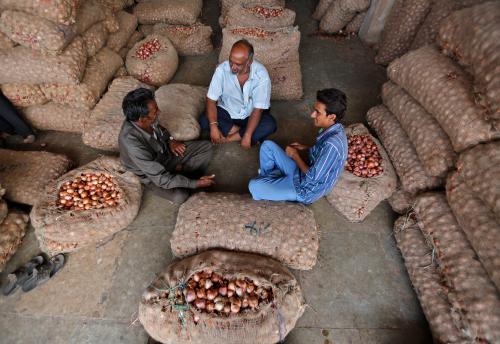

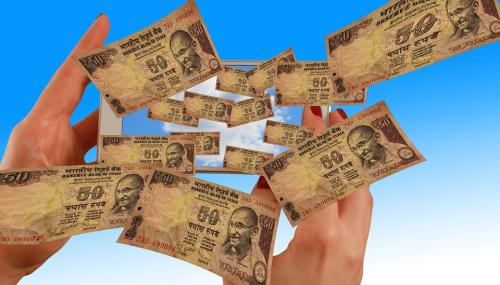
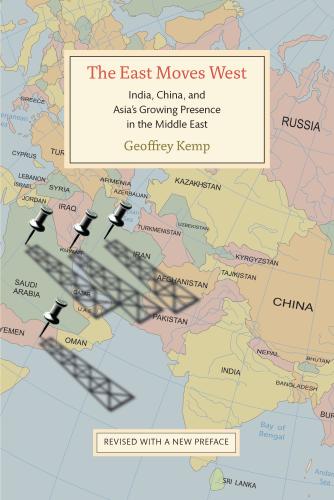
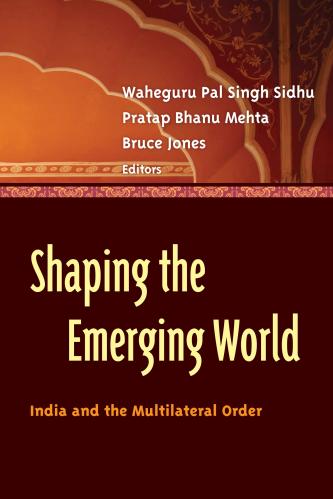
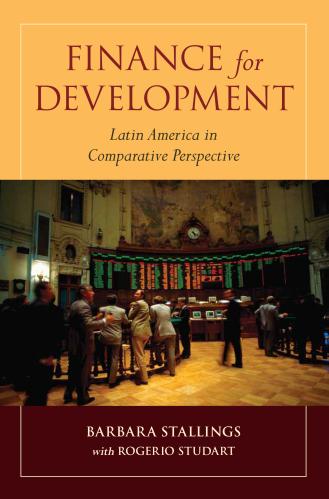



Commentary
Op-edLooking forward to a big bang budget
The Indian Express | The Financial Express
February 2, 2016